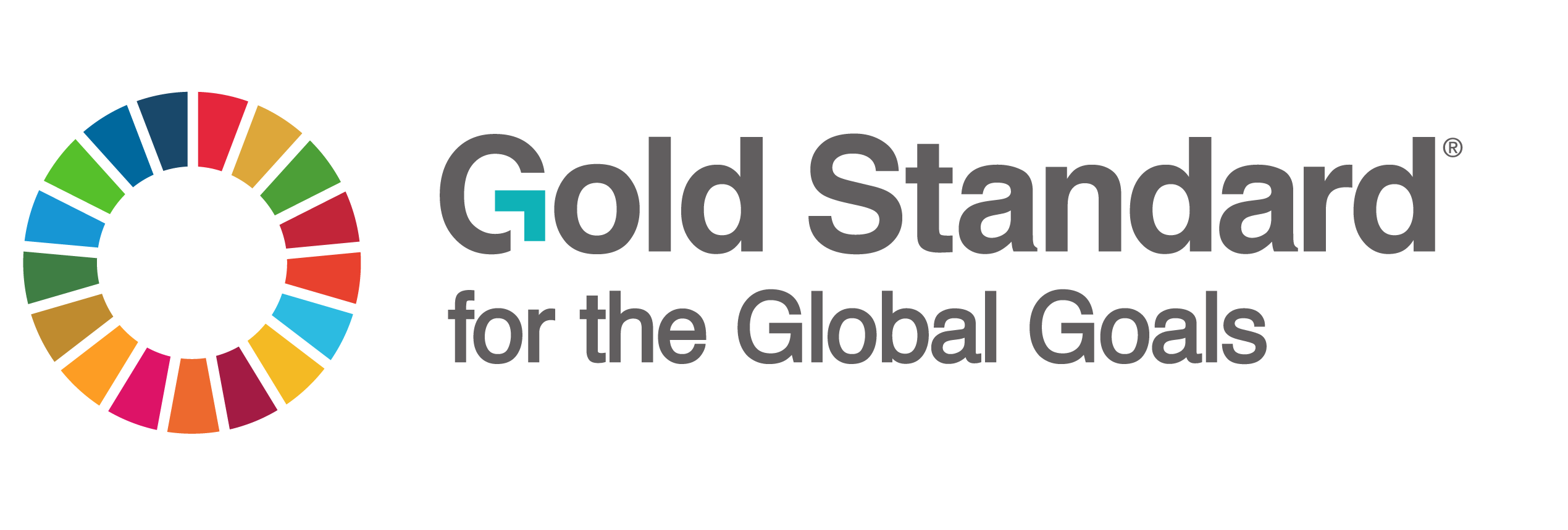Rule Clarifications
Applicable and Archived Rule Clarifications
ACTIVE RULE CLARIFICATIONS have not yet been integrated into the latest version of Gold Standard for the Global Goals.ARCHIVED RULE CLARIFICATIONS have been previously released and are incorporated into the latest version of Gold Standard for the Global Goals but are also listed below for easy reference.
ACTIVE RULE CLARIFICATIONS
The document clarifies the definition of the first submission date for the regular VPAs submitted for inclusion in a design certified PoA via regular or fast track inclusion pathways.
This clarification provides further information on requirements for conducting the speed trials to demonstrate compliance with Methodology for Retrofit Energy Efficiency Measures in Shipping V2.0.
This rule clarification provides further guidance on specific project information and documents that need to be made publicly and transparently available for each certification stage. It also prescribes the approach for treating confidential information in project documents required to be made public.
To ensure the transparency and traceability of the emission reduction claims from carbon project, the project developer shall maintain an accurate and complete sales record
GS4GG follows crediting cycles that are different from CDM. This document provides further clarification regarding the application of GS4GG crediting period rules to CDM projects that are transitioning to GS4GG (GS VER) including the transitioning GSCER projects.
Landfilling and dumping of waste is practiced extensively in many regions of the world and causes significant environmental concerns.
This rule clarification provides further guidance on specific project situations that were not clearly covered by version 2.0 of the Transition Requirements for projects transitioning from previous versions of the Gold Standard to the Gold Standard for the Global Goals.
This rule clarification outlines a provision to demonstrate compliance with CORISA Emissions Unit Eligibility Criteria (EUC) for projects applying methodology or methodological standards that allows exemptions for situations where legally binding mandates are systematically not enforced and non-compliance is widespread in a country.
The Water Boiling Test is used to calculate the thermal efficiency of cookstoves. It consists of three phases that immediately follow each other. This rule clarification outlines which phases can be used for calculating high-power thermal efficiency.
Transitioning Programme of Activities (PoAs) are allowed to retain their 7 year crediting period at the time of transition to Gold Standard for the Global Goals, however, subsequent PoA crediting period renewals shall follow the GS4GG certification cycle, i.e. 5 year cycle.
This rule clarification is applicable to Programme of Activities (PoA) version for inclusion of Verified Project Activities (VPAs) after PoA renewal.
Applies to projects and PoAs using current or previous versions of the Gold Standard’s improved cooking solutions methodology (TPDDTEC). It clarifies that the levels of Usage Monitoring Requirements and corresponding caps now apply to each monitored cookstove age group.
Performance Shortfall Guidelines present a set of requirements and follow-up actions to address the performance shortfall scenario associated with a Gold Standard certified Land Use and Forests project. This rule clarification introduces a few editorial changes to remove errors in these guidelines.
Performance Shortfall Guidelines present a set of requirements and follow-up actions to address the performance shortfall scenario associated with a Gold Standard certified Land Use and Forests project. This rule clarification introduces a few editorial changes to remove errors in these guidelines.
This rule clarification provides further clarity on applicability of the eligibility criteria pertaining to waste to energy and biomass based project activities supplying electricity to grid.
This rule clarification confirms the maximum retroactive certification period allowed for projects seeking combined design certification with the first verification/performance certification under Gold Standard for the Global Goals.
Gold Standard projects shall not introduce GMO crops, trees, and/or livestock; however, the continuation of use of GMOs already in place in the baseline is allowed. This document provides further clarification.
This rule clarification confirms that Annex B “Requirements for A/R smallholder & microscale projects” apply to all eligible LUF projects including Afforestation & Reforestation Projects (A/R) and Agriculture Projects (AGR). The title of Annex B, LUF Activity Requirements, has been amended to reflect this.
ARCHIVED RULE CLARIFICATIONS
Clarification on issuances of PERs
This rule clarification provides guidelines on the applicability of the Clean Development Mechanisms (CDM) Tool 32 – Positive list of technologies in the context of Gold Standard for the Global Goals (GS4GG) certification for waste handling and disposal projects.
Clarification on definition of Erroneous Inclusion and requirements for managing Non- Conformity have been included in these documents.
Clarification on issuance of Gold Standard VERs related to eligible Soil Carbon component
Clarification on applicability of Global Warming Potential for Gold Standard for Global Goal projects
Clarification on eligibility of credits that can be used to meet the Gold Standard Conformity Buffer requirements.

